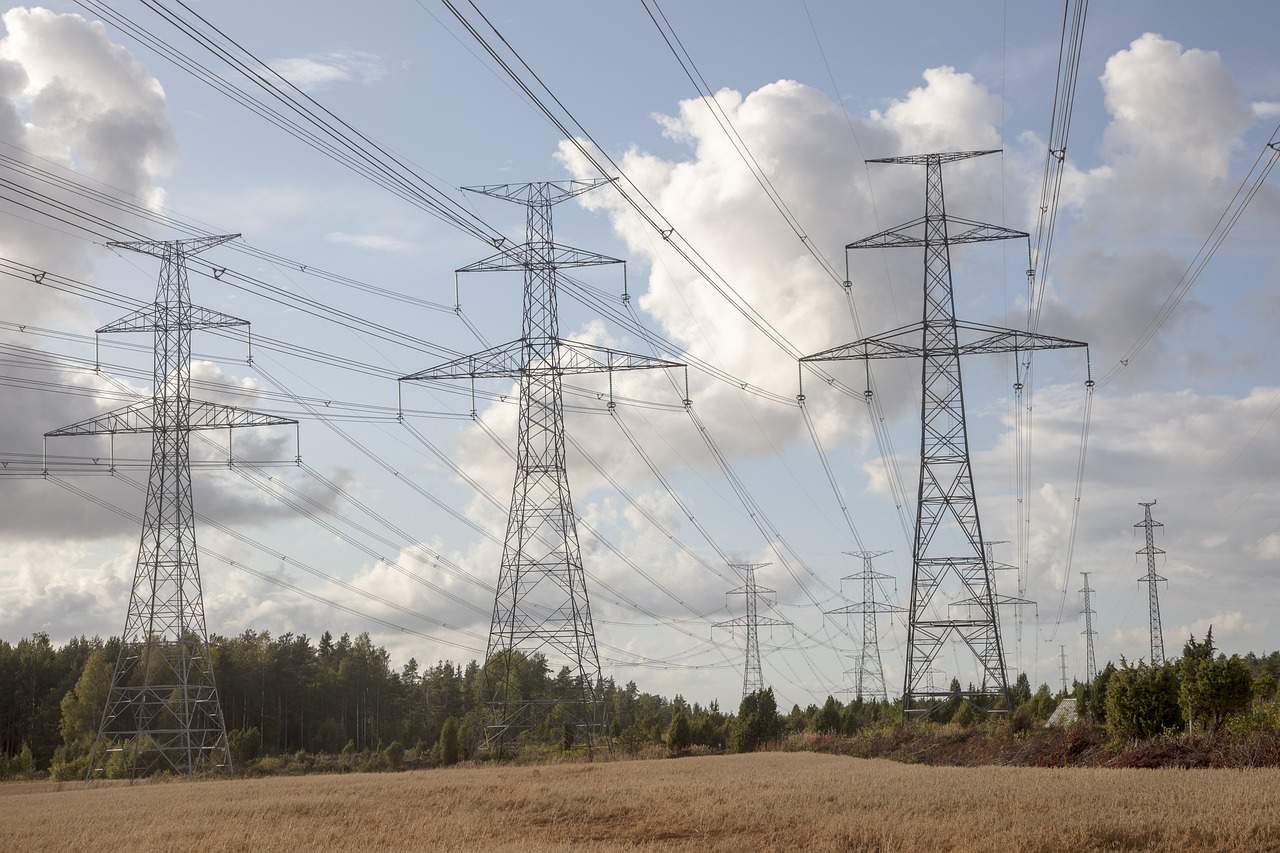Current power lines aren’t far-reaching enough and plans are afoot to extend transmission in hard-to-reach areas.
The United States faces a conundrum in its course to adopt renewable energy. While the outlook for cleaner energy sources is positive, the country’s power infrastructure requires essential upgrades to make the transition worth the effort, time and money.
In their current state, power lines aren’t far-reaching enough as experts devise plans to extend transmission in hard-to-reach areas. However, not everyone is on board, despite the advantages of more reliable electricity.
The U.S. has made impressive progress in transitioning toward renewable energy. At a critical time when climate change is rampant, 22% of total electricity generated comprised renewable sources in 2022.
The U.S. Energy Information Administration (EIA) also expected utility-scale solar generation to increase by 21.5 gigawatts (GW) last year — from 15.5 GW in 2021 — while wind power reached a record of 17.1 GW.
Other renewables, like hydroelectric power and geothermal power, are also becoming more prevalent. Geothermal energy designs, in particular, use a closed-loop system to transfer underground heat to residences and buildings.
The Biden Administration’s 2022 Inflation Reduction Act carved a path toward renewable energy, offering incentives and tax credits for adopting clean energy technologies.
The U.S. is enriched with renewable resources — far more than the country’s demand for electricity. According to the U.S. Department of Energy (DOE), the U.S. has tapped into only 0.2% of its renewable energy potential — much of which lies within 10 miles of federally-designated Tribal grounds.
Lagging power lines plague electricity transmission
In September 2022, California’s Pacific Gas & Electric (PG&E) in Humboldt County issued a statement saying they’d reached capacity to electrify new projects. Upgrades to PG&E’s two transmission lines could cost over $900 million and take nearly 10 years to complete. The announcement blindsided residents, businesses, investors and city governments.
PG&E is one of many electric companies facing transmission issues in the U.S. As the need for clean energy rises, it’s become more difficult for officials to connect power plant facilities to the grid.
Millions of miles of transmission lines are necessary to move clean energy to wherever it’s most needed. For one thing, a reliable energy source must reach high-density populations to alleviate costly utilities and ease congestion. About 27% of greenhouse gas emissions derive from the U.S. transportation sector. The automobile industry will have an easier time adopting fully-electric vehicles with steady renewable connectivity.
As President Biden aims to move the U.S. further from fossil fuels, his administration has set aside $73 billion to extend transmission lines. However, the U.S. must also upgrade its crumbling electric grid, which has continually failed during extreme weather events in recent years.
Greater connectivity meets resistance
On paper, expanded connectivity and a renewed electric grid sound significant — but states have faced stark opposition to various projects, with citizens even voting down a plan to add new transmission lines.
The New England Clean Energy Connect (NECEC) would add 53 miles of new power lines for 1,200 megawatts of hydroelectric power. The project would run renewable energy from Quebec, Canada, to Maine’s grid — powering 1.2 million homes across New England and saving $190 million annually.
Although state and federal governments approved permits for the project, about 59% of Maine voters shot it down during the November election. Supporters of the project suggested it would help New England reduce emissions to fight climate change.
Conversely, the opposing majority of citizens cited irreversible damage to the state’s woods and tourism sector. Energy companies also chimed in against the transmission expansion to preserve fossil fuel business ventures.
Greenlink West and North projects
In the Western U.S., two more transmission line extensions face scrutiny and pushback. The Greenlink West project would transmit clean energy across 472 miles between Las Vegas and Reno, Nevada. Likewise, the Greenlink North Project would connect another 235 miles of power lines from Ely to Yerington, Nevada.
The projects have caused unease for conservation scientists and concerned citizens, as the Greenlink West and North would run through public lands and the nearby Timbisha Shoshone Tribe. The outcome could adversely affect desert ecosystems and native culture.
Transmission lines also pose a heightened risk to a region facing unprecedented social, economic and ecological loss from wildfires. A petition for an alternative is underway to enhance renewable energy transmission in the West.
The U.S. road to widespread renewable energy can only be made possible by the power lines that carry it. Cleaner electricity depends on extending current transmission and upgraded infrastructure to ensure a smooth transition.
This story first appeared on Sustainability Times
© 2023 Sustainability Times.
This article is licensed under a Creative Commons Attribution-ShareAlike 4.0 SA International License.












